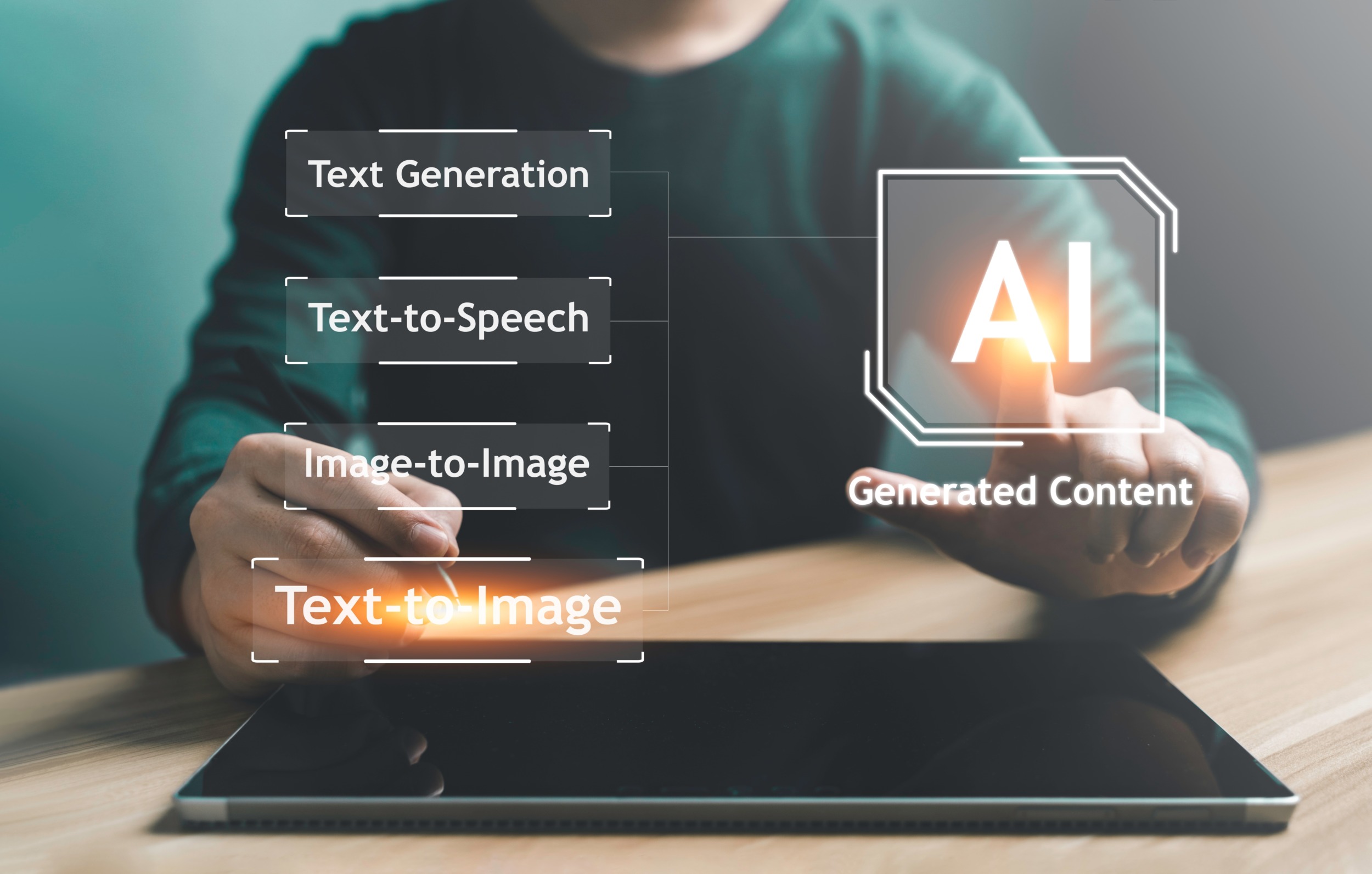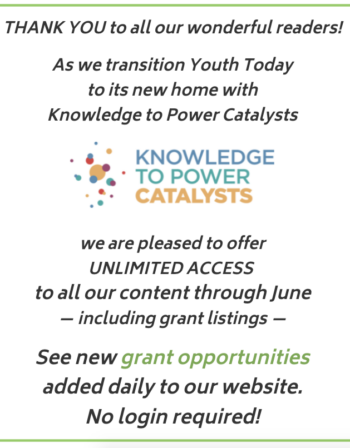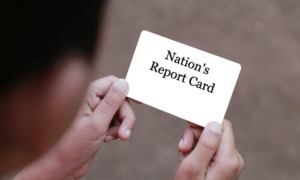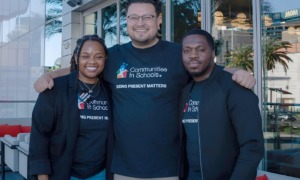This story was produced by The Hechinger Report, a nonprofit, independent news organization focused on edication.
Many teachers want to keep AI out of our classrooms, but also know that future workplaces may demand AI literacy.
As the use of artificial intelligence grows, teachers are trying to protect the integrity of their educational practices and systems. When we see what AI can do in the hands of our students, it’s hard to stay neutral about how and if to use it.
What AI literacy might look like in a new era?
Of course, we worry about cheating; AI can be used to write essays and solve math problems.
But we also have deeper concerns regarding learning. When our students use AI, they may not be engaging as deeply with our assignments and coursework.
They have discovered ways AI can be used to create essay outlines and help with project organization and other such tasks that are key components of the learning process.
Some of this could be good. AI is a fabulous tool for getting started or unstuck.
AI puts together old ideas in new ways and can do this at scale: It will make creativity easier for everyone.
But this very ease has teachers wondering how we can keep our students motivated to do the hard work when there are so many new shortcuts. Learning goals, curriculums, courses and the way we grade assignments will all need to be reevaluated.
The new realities of work also must be considered. A shift in employers’ job postings rewards those with AI skills. Many companies report already adopting generative AI tools or anticipate incorporating them into their workflow in the near future.
A core tension has emerged: Many teachers want to keep AI out of our classrooms, but also know that future workplaces may demand AI literacy.
What we call cheating, business could see as efficiency and progress.
The complexities, opportunities and decisions that lie between banning AI and teaching AI are significant.
It is increasingly likely that using AI will emerge as an essential skill for students, regardless of their career ambitions, and that action is required of educational institutions as a result.
Integrating AI into the curriculum requires change
The best starting point is a better understanding of what AI literacy looks like in our current landscape.
In our new book, we make it clear that the specifics of AI literacy will vary somewhat from one subject to the next, but there are some AI capacities that everyone will now need.
Before even writing a prompt, the AI user should develop an understanding of the following:
- the role of human / AI collaborations
- how to navigate the ethical implications of using AI for a given purpose
- which AI tool to use (when and why)
- how to use their selected AI tool fully and successfully
- the limitations of generative AI systems and how to work around them
- prompt engineering and all of its nuances
This knowledge will help our students write successful prompts, but additional skills and AI literacy will be required once AI returns a response. These include the abilities to:
- review and evaluate AI-produced content, including how to determine its accuracy and recognize bias
- edit AI content for its intended audience and purpose
- follow up with AI to refine the output
- take responsibility for the quality of the final work
The development of AI literacy mirrors the development of other key skills, such as critical thinking. Teaching AI literacy begins by teaching the capacities above, as well as others specific to your own subject.
[Related: Banning tech that will become a critical part of life is the wrong answer for education]
While the inclination may be to start teaching AI literacy by opening a browser, faculty should begin by providing an ethical and environmental context regarding the use of AI and the responsibilities each of us has when working with AI.
What is an employer’s perspective?
Amazon Web Services recently surveyed employers from all business sectors about what skills employees need to use AI well. In ranked order, their answers included the following:
- critical thinking and problem solving
- creative thinking and design competence
- technical proficiency
- ethics and risk management
- communication
- math
- teamwork
- management
- writing
Higher education is quite adept at teaching such skills, and many of those noted are among the American Association of Colleges and Universities’ (AAC&U) list of “essential learning outcomes” for higher education.
What are ‘next steps’ for teachers?
Faculty will need to improve their own AI literacy and explore the most advanced generative AI tools (currently ChatGPT 4o, Gemini 1.5 and Claude 3.5). A good way to begin is to ask AI to perform assignments and projects that you typically ask your students to complete — and then try to improve the AI’s response.
Understanding what AI can and cannot do well within the context of your course will be key as you contemplate revising your assignments and teaching.
Related: TEACHER VOICE — My students are afraid of AI
Faculty should also find out if their college has an advisory board comprised of past students and/or employers. Reach out to them for firsthand insight on how AI is shifting the landscape — and keep that conversation going over time. That information will be essential as you think about AI literacy within your subjects and courses.
These actions will ultimately position you to be able to navigate the complexities and decisions that lie between ban and teach.
***
C. Edward Watson is vice president for digital innovation with the American Association of Colleges and Universities (AAC&U). José Antonio Bowen is a former president of Goucher College and co-author with Watson of “Teaching with AI: A Practical Guide to a New Era of Human Learning.”
This story about AI literacy was produced by The Hechinger Report, a nonprofit, independent news organization focused on inequality and innovation in education. Sign up for our Higher Education newsletter.




























